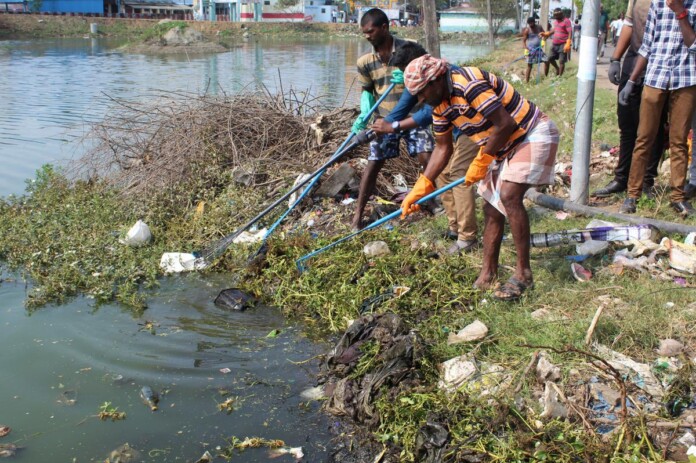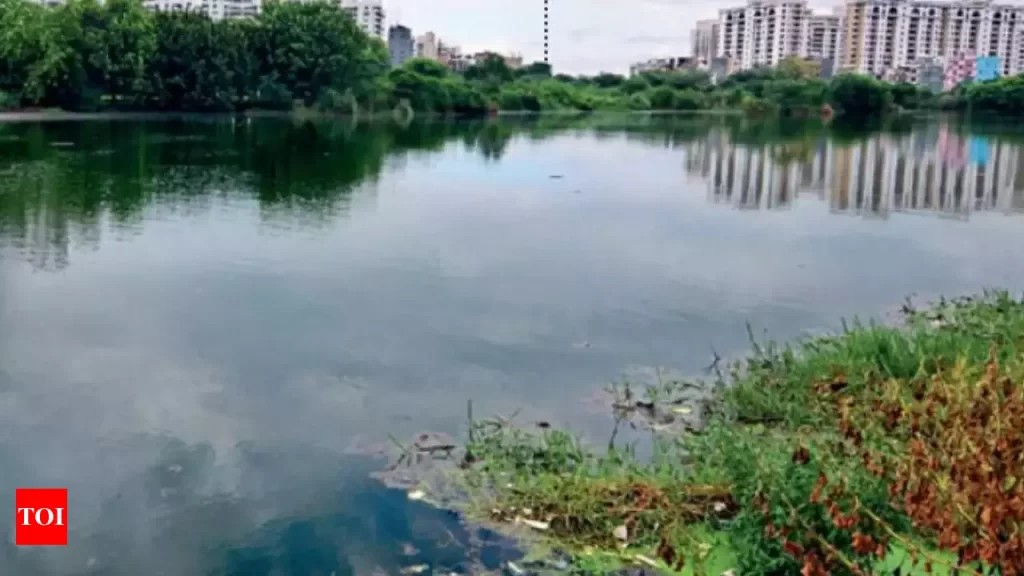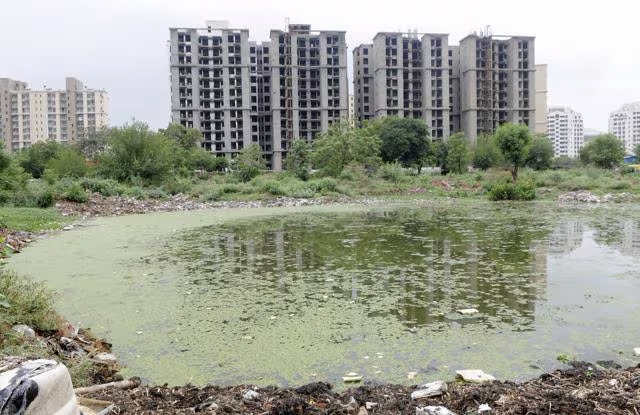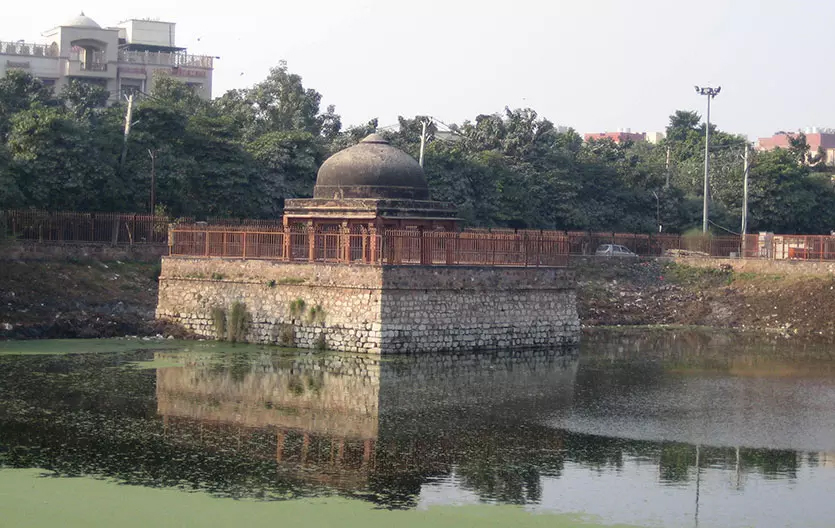Urban lakes, ponds, and water bodies play a crucial role in maintaining the ecological balance and enhancing the quality of life in cities. These natural resources serve as habitats for diverse flora and fauna, provide recreational spaces for communities, and help in groundwater recharge and flood management. Despite their importance, many urban water bodies in India face severe neglect and pollution.
A report by the Centre for Science and Environment (CSE) highlights that nearly 80% of urban water bodies in India are severely polluted. Another study by the Indian Institute of Science (IISc) states that Bengaluru alone has lost 79% of its water bodies over the last four decades. The restoration and conservation of these water bodies are essential for sustainable urban development. SEEDS (Sustainable Environment and Ecological Development Society) has been at the forefront of rejuvenating urban lakes and ponds, transforming them from neglected spaces into vibrant ecosystems.
Reviving Wazirabad Lake: A Vision for a Sustainable Urban Oasis
The restoration of a small lake in Wazirabad village, Gurugram, Haryana, undertaken by SEEDS and other stakeholders, is a proof of organization’s impactful work. This lake was severely polluted by raw sewage inflows and greywater from nearby housing settlements. The outflow was blocked by buildings and roads, leading to stagnant water laden with pollutants.
SEEDS’ intervention aimed to revive the biodiversity and green spaces within the urban landscape and act as a natural buffer to excess water flowing from the Aravalli hills. The team developed the area around the lake into a recreational space, designing learning spaces for children and improving water quality through bioremediation.
In the first phase, a ‘Lake View Park’ was built around the 18-acre water body. The park included a jogging track, a play area for children, mounds and seaters, an open gym, a reflexology court, and prefabricated toilets. The immediate impact was improved green spaces, natural absorbers to control excess water flow, and cleaner water channels supporting water outflow.
The project also involved planting native species on the lakeside, creating jogging and cycling tracks, and setting up facilities for boating and birdwatching. Recycled waste was used in street furniture and entrance gates, and minimal lighting was installed to protect the natural habitat. The Wazirabad lake restoration project promoted the ‘urban sponge’ effect in the highly built-up city of Gurugram.
Jharsa Pond: A Community’s Journey to Environmental Revival
In 2023, a local resident welfare association official sought the intervention to protect, clean, and preserve the aquatic life of a water body in Sector 47, Gurugram. The three-acre water body had become a waste dumping ground, encroached upon by unauthorized settlements and used for livestock grazing, leading to unhygienic conditions.
SEEDS undertook the project to restore the 2.47-acre area, with the pond covering an acre and an average depth of 12 feet. A comprehensive survey and evaluation of the land, water bodies, and sociocultural aspects were conducted to inform strategic planning.
The removal of construction waste and debris improved the ecological integrity of the Jharsa pond. Measures were taken to reduce contaminants and water pollutants, preserving water quality and developing a healthier ecosystem. A four-meter-wide jogging and cycling track was built, and the pond was fenced to prevent further waste dumping and animal grazing. Interaction spaces were created along the pond, and native vegetation was planted to enhance biodiversity and ecological resilience.
The transformation of the Jharsa pond area has turned it into a relaxing and enjoyable space for the community. The once-neglected water body now shimmers in the background, providing residents with a healthy environment.
Hauz-i-Shamsi: Reviving Delhi’s 800-Year-Old Heritage Water Body
Hauz-i-Shamsi, an 800-year-old water body in Delhi’s Mehrauli, faced severe neglect and encroachment. Under the SEEDS Urban Resilience, Governance, and Enablement (SURGE) Initiative, SEEDS has been working meticulously on this historic site since 2023.
The water body had become a waste dumping site, covered with invasive flora species, affecting its physical and chemical conditions and reducing groundwater recharge. SEEDS initiated a detailed project assessment in 2021, mobilizing key stakeholders. Efforts to unclog the inlet and outlet channels, stop solid waste and sewage inflows, and restore the Hauz-i-Shamsi have brought together a diverse group of stakeholders. The initiative has received support from historians, writers, and local community members, raising hope for its sustainability. Close to 20 local community members now plan and monitor important milestones of the project.
SEEDS India’s efforts in restoring urban lakes and ponds like Wazirabad, Jharsa, and Hauz-i-Shamsi demonstrate the transformative impact of community-driven conservation projects. By addressing pollution, encroachment, and neglect, SEEDS has successfully revived these water bodies, enhancing biodiversity, creating recreational spaces, and promoting sustainable urban development.











